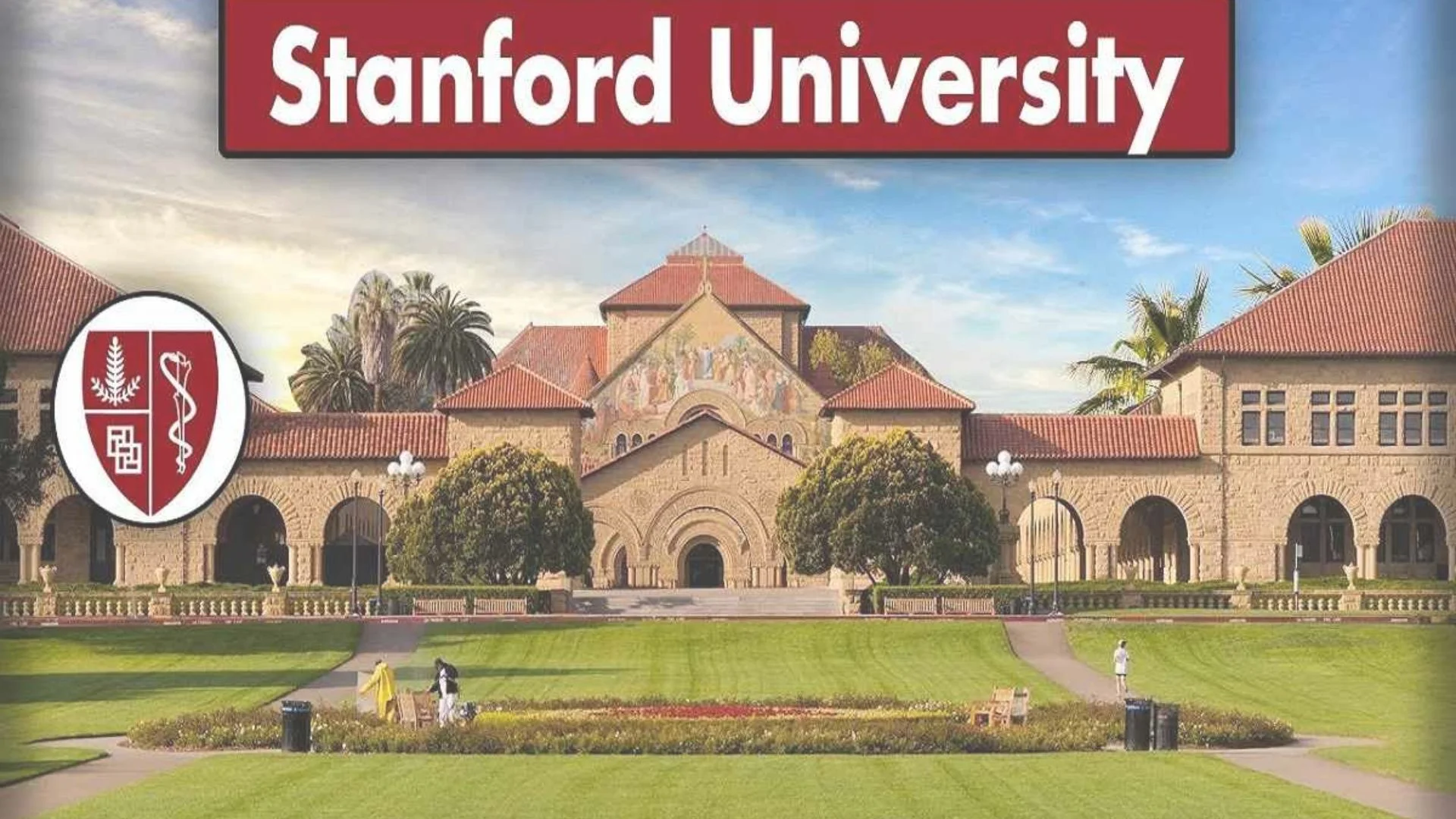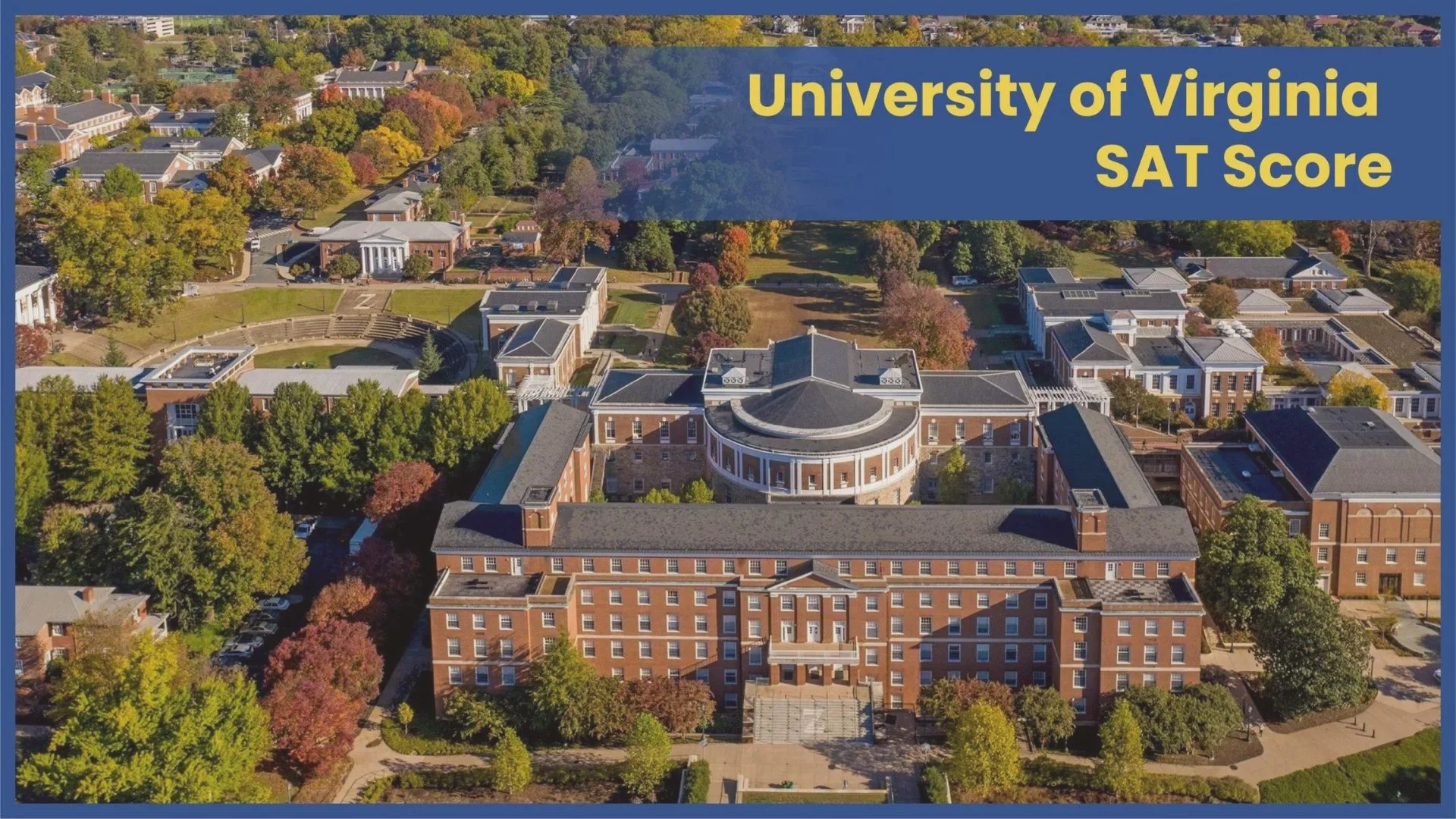
Stanford University, located in the heart of California’s Silicon Valley, is one of the most prestigious institutions of higher education in the world. With its rigorous academic programs, groundbreaking research, and close ties to the tech industry, Stanford attracts thousands of applicants each year. However, gaining admission to Stanford is an exceptionally competitive process. This article delves into the various aspects of Stanford University admissions, including the application process, criteria for selection, financial aid options, and tips for prospective students.
The Application Process
Understanding the Application Components
The Stanford University application process is multifaceted, requiring applicants to showcase their academic achievements, extracurricular involvement, personal qualities, and intellectual curiosity. Key components of the application include:
- Common Application or Coalition Application: Stanford accepts both the Common Application and the Coalition Application, providing flexibility for students in how they apply.
- Stanford Questions: In addition to the standard application, applicants must complete the Stanford-specific questions, which include several short essays and questions about their academic interests and extracurricular activities.
- Standardized Test Scores: While Stanford has adopted a test-optional policy in recent years, applicants can still submit SAT or ACT scores if they believe these will strengthen their application.
- Letters of Recommendation: Two academic teacher recommendations and one counselor recommendation are required to provide insight into the applicant’s academic performance and personal qualities.
- Transcripts: High school transcripts must be submitted, showcasing the applicant’s academic record and course rigor.
- Extracurricular Activities: Applicants are asked to detail their involvement in extracurricular activities, leadership roles, and work experiences.
- Personal Statement: A critical component of the application, the personal statement allows applicants to share their unique stories, challenges, and aspirations.
Timeline and Deadlines
Stanford offers two main application plans: Restrictive Early Action (REA) and Regular Decision.
- Restrictive Early Action (REA): The REA deadline is November 1st. This non-binding option allows applicants to receive an admission decision by mid-December, providing an opportunity to apply early without the commitment required by binding Early Decision programs.
- Regular Decision: The Regular Decision deadline is January 5th. Applicants who apply by this date will receive their admission decisions by early April.
Applicants should be mindful of these deadlines and ensure all materials are submitted on time to avoid any delays in the review process.
Criteria for Selection
Academic Excellence
Stanford seeks students who have demonstrated exceptional academic performance. While there is no minimum GPA requirement, successful applicants typically rank at the top of their high school classes. The admissions committee looks for students who have challenged themselves with a rigorous course load, including Advanced Placement (AP) or International Baccalaureate (IB) courses when available. Strong performance in core academic subjects—math, science, English, social studies, and foreign languages—is particularly important.
Standardized Testing
Although Stanford is test-optional, many applicants still choose to submit standardized test scores. For those who do, competitive SAT scores typically fall within the range of 1440-1570, while ACT scores range from 32-35. However, the admissions committee reviews applications holistically, considering test scores as just one part of the overall application.
Extracurricular Involvement
Stanford values well-rounded students who have demonstrated leadership, initiative, and a commitment to their communities. The admissions committee looks for sustained involvement in extracurricular activities, whether in sports, arts, clubs, or volunteer work. Depth of involvement and leadership roles are particularly valued over the sheer number of activities.
Personal Qualities and Essays
The personal essays and short questions in the Stanford application provide insight into the applicant’s character, values, and aspirations. Stanford seeks students who are intellectually curious, innovative, and have a strong sense of purpose. The essays offer a chance for applicants to share their unique perspectives, experiences, and what they hope to achieve at Stanford and beyond.
Letters of Recommendation
Strong letters of recommendation from teachers and counselors can significantly bolster an application. These letters provide context about the applicant’s academic abilities, personal qualities, and potential for success at Stanford. Recommenders who know the student well and can speak to their strengths in detail are particularly valuable.
 Financial Aid and Scholarships
Financial Aid and Scholarships
Need-Based Financial Aid
Stanford is committed to making education accessible to all admitted students, regardless of their financial circumstances. The university offers a robust need-based financial aid program. Key features include:
- No-Loan Policy: For families with incomes below a certain threshold, Stanford offers financial aid packages that do not include student loans. Instead, aid is provided through grants and scholarships that do not need to be repaid.
- Full-Need Met: Stanford meets 100% of the demonstrated financial need for all admitted students. This ensures that financial barriers do not prevent talented students from attending.
Merit-Based Scholarships
While Stanford’s primary focus is on need-based aid, the university also offers a limited number of merit-based scholarships. These scholarships are highly competitive and are awarded to students who demonstrate exceptional talent in academics, leadership, or other areas.
Applying for Financial Aid
To apply for financial aid at Stanford, students must complete the Free Application for Federal Student Aid (FAFSA) and the CSS Profile. These forms collect information about the family’s financial situation and are used to determine the student’s eligibility for need-based aid. The financial aid application deadlines are typically aligned with the admission deadlines, so it is crucial for applicants to submit these forms on time.
Tips for Prospective Students
Start Early and Stay Organized
The Stanford application process is complex and requires careful planning. Starting early allows applicants to gather all necessary materials, complete essays thoughtfully, and avoid last-minute stress. Keeping a detailed checklist of requirements and deadlines can help ensure nothing is overlooked.
Focus on Quality Over Quantity
When it comes to extracurricular activities and essays, quality is more important than quantity. Applicants should focus on a few key activities that they are passionate about and have made significant contributions to. Similarly, essays should be well-crafted and reflective of the applicant’s genuine voice and experiences.
Seek Guidance and Feedback
Teachers, counselors, and mentors can provide valuable guidance throughout the application process. Seeking feedback on essays and application materials can help refine and strengthen the overall application. Additionally, connecting with current students or alumni can offer insights into the Stanford experience and what the admissions committee might be looking for.
Be Authentic
Authenticity is crucial in the application process. Stanford values students who are true to themselves and have a clear sense of their goals and values. Trying to fit into a perceived mold or exaggerating accomplishments is less effective than being honest and reflective.
Conclusion
Stanford University admissions are highly competitive, reflecting the institution’s status as a global leader in education and research. The admissions process is designed to identify students who have not only excelled academically but also demonstrated leadership, creativity, and a commitment to their communities. While the path to Stanford is challenging, it is also a transformative journey that can open doors to unparalleled opportunities. By understanding the application components, criteria for selection, and financial aid options, prospective students can better navigate the process and increase their chances of joining the vibrant and dynamic Stanford community.





